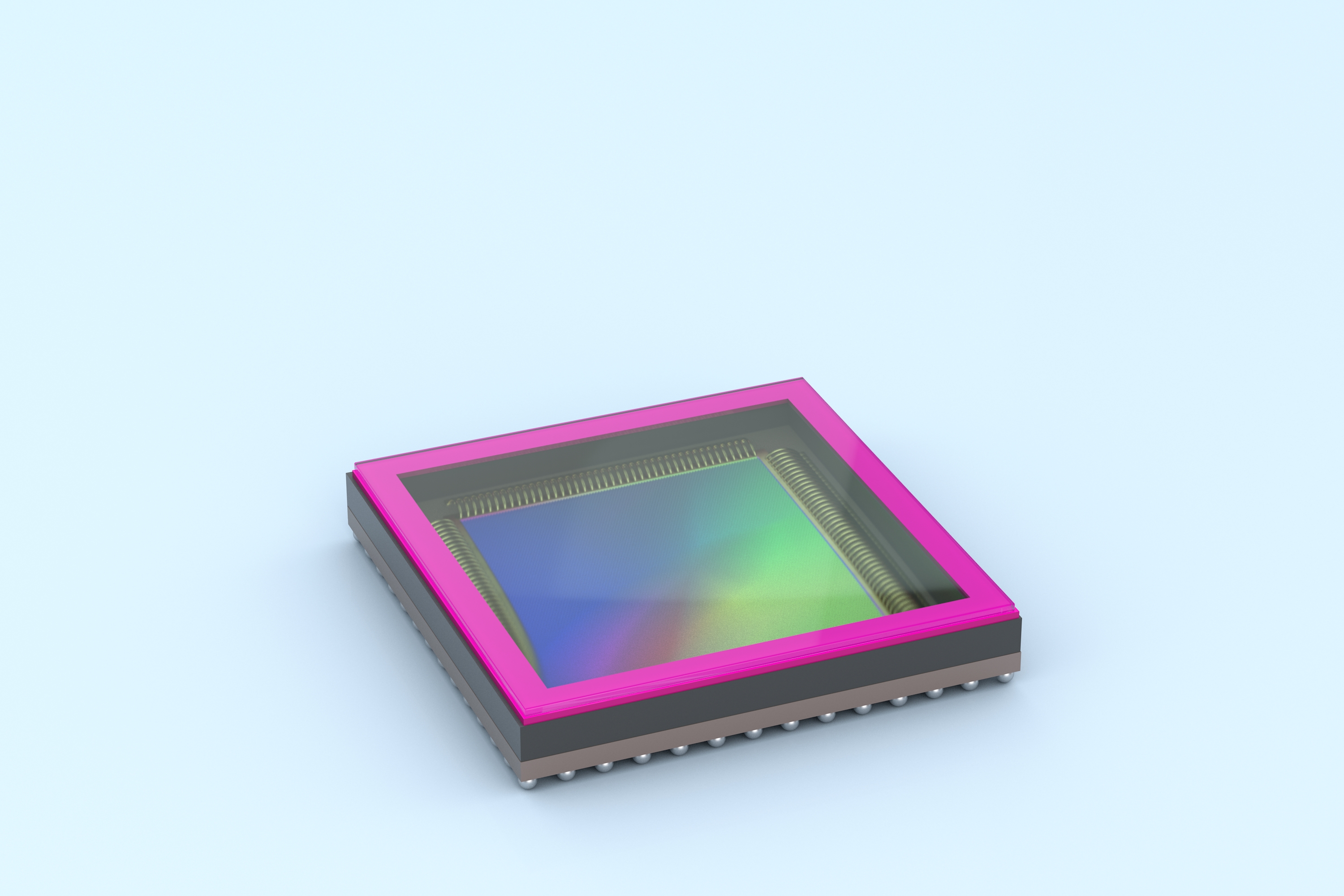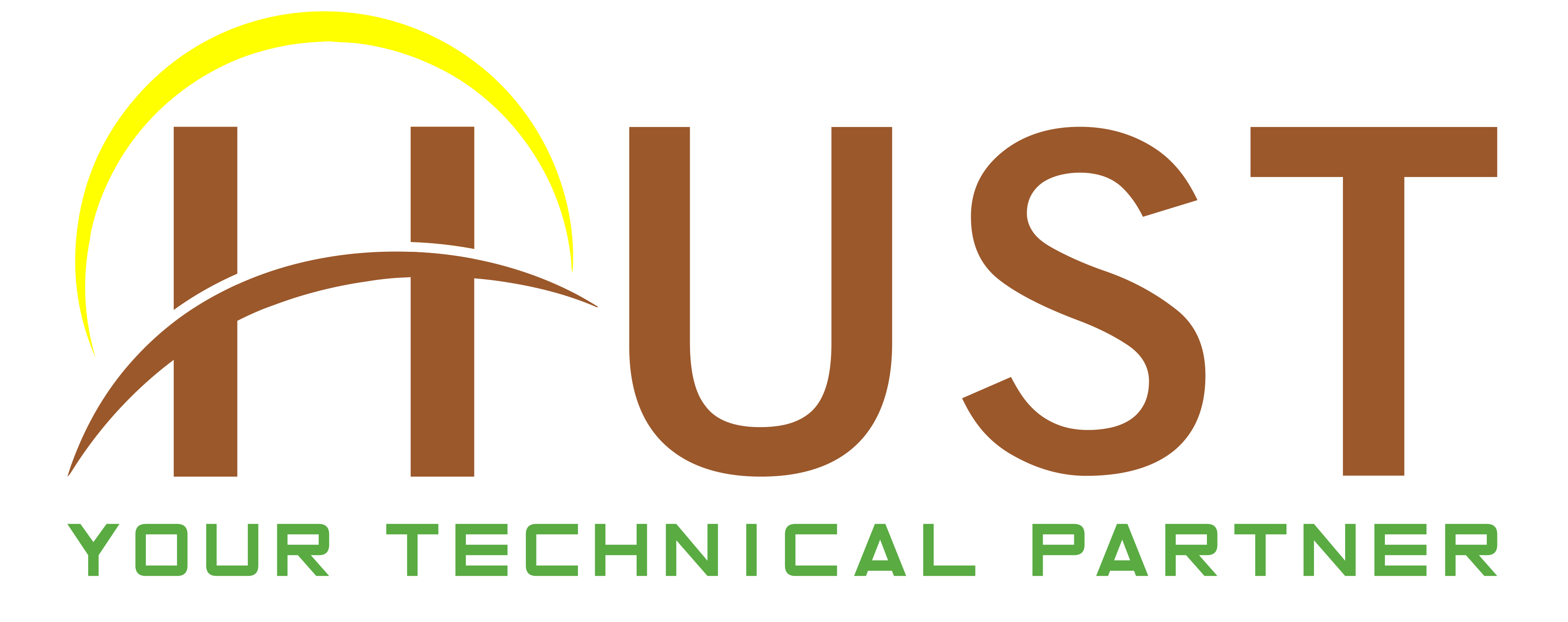New semicon adhesive propels autonomous driving forward
DELO has developed a flexible electronics adhesive that permanently seals sensor housings airtight and thus reliably protects components such as image sensors. DELO DUALBOND BS3770 meets the stringent requirements of the semiconductor and automotive industries and helps drive innovation in autonomous driving.
The autonomous driving trend comes with ever-stricter safety requirements. Therefore, reliable components such as image sensors are installed in LiDAR and RADAR systems. Sensor housings on PCBs must be hermetically sealed throughout their entire service life in order to maintain their function permanently without interruption. However, previous solutions for hermetically sealing the housing and filter glass are reaching their limits due to these stricter requirements, failing to withstand the tests of the automotive industry, according to standard AEC-Q100.

DELO DUALBOND BS3770 bonds the sensor housing and filter glass in an airtight manner, ensuring the uninterrupted function of image sensor packages. (Figure: DELO)
DELO has developed DELO DUALBOND BS3770, a special electronics adhesive for semiconductor manufacturers to meet the demanding reliability and qualification tests of automotive suppliers.
Unlike adhesives previously available on the market, the newly developed adhesive is a flexible product with a Young's modulus of less than 5 MPa at room temperature. Due to its flexible properties starting from a temperature as low as approximately -50 °C, the adhesive can compensate for pressure changes that occur, such as those caused by temperature changes, humidity differences, or heat input in the reflow process during production. As a result, defects such as pop-ups or delamination do not occur, and the sensor is permanently protected.
DELO DUALBOND BS3770 can be precisely applied by needle dispensing while maintaining narrow and high bondlines. Curing takes place in two consecutive steps using UV light and heat. After dispensing, the adhesive is fixed in a few seconds by means of classic light fixation. Alternatively, it can be transferred to the B-stage, which is particularly relevant for bonding filter glasses with blackprint. At this stage, it achieves an initial adhesion comparable to tape. Afterwards, the second component can be joined. Thanks to the adhesive’s initial adhesion, the component is directly fixed so that it can be entirely processed further. Final curing takes place in a convection oven at +150 °C within 40 minutes.
In addition to image sensors for LiDAR and RADAR applications, DELO DUALBOND BS3770 is also used in driver monitoring and for 5G applications.
This new adhesive and other high-tech solutions for the semiconductor industry will be presented by DELO at SEMICON Europe (Booth B2467), which will be held in Munich on Nov. 14-17, 2023.
Source: DELO (https://www.delo-adhesives.com/press-and-news/press-releases/details/neuer-halbleiterklebstoff-treibt-das-autonome-fahren-voran)
Contact us to give enthusiasm consulting and more details!
